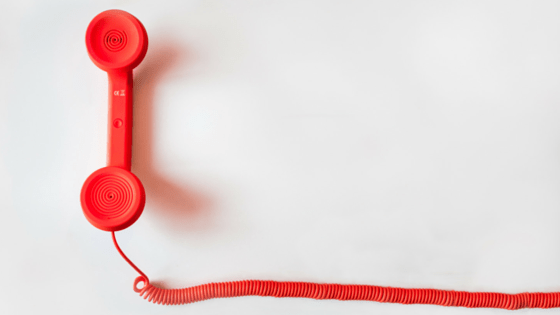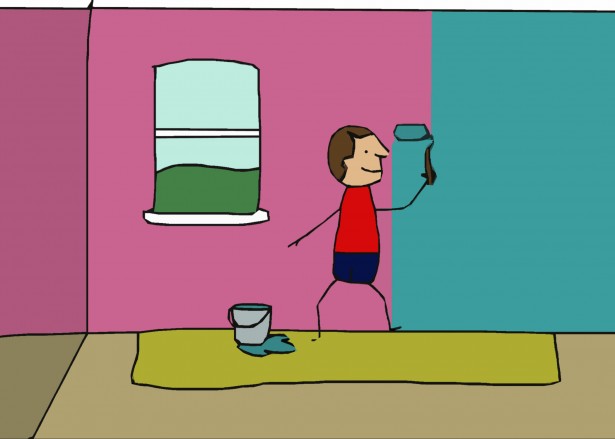There are a variety of materials that landscapers use to fight against weeds and improve the appearance of gardens and flowerbeds. One of the most commonly used of these materials is mulch. And while mulch may just seem like pulverized scraps of wood or plastic, it has many great uses.
Here are the basics of mulching that everyone should know:
What is Mulching?
In essence, mulching is the process of spreading material around plants to help ward off invasive weeds and enrich the soil. Not only is mulch perfect for keeping weeds at bay, but it can also help to seal in moisture. By sealing in this moisture, mulch allows plants to survive extended periods without water. In addition to these benefits, mulching goes a long way in warding off unwanted pests, such as insects and rodents.
What Types of Mulch Are There?
There is a wide array of mulch materials available – both organic and inorganic. When it comes to organic mulch, some of the most popular types are those made from wood, grass, and even compost. These materials offer a natural way to keep your garden looking its best. On the other hand, inorganic mulch is typically made from recycled rubber or plastic, and also gravel. If you’re looking for a maintenance free solution when considering mulch, you will want to check out inorganic mulches, as they can last for years without needing replacing.
The Dos and Don’ts of Mulching
It may seem like mulching is a fairly simple process, and indeed it can make for a great DIY project, there are some dos and don’ts to consider.
Mulching Basics (The Dos)
Do Use it to Improve Appearance
One of the best qualities of mulch is the fact that it can drastically improve the overall look of your garden or flowerbed. With such a variety of differing colors and sizes, you shouldn’t have any trouble finding a mulch that matches your décor. By using the right color scheme, you can help set your house apart from others on the block and leave your neighbors drooling!
Do Clean the Mulch
It is recommended that you clean out old mulch if the color starts to fade or you notice that there is substantial buildup. This will help revitalize the appearance (especially with organic mulches) and keep it looking neat.
Do Try Different Types
Everyone has their own preferences and these can change over time. If you aren’t happy with the look of the mulch or you just want a change, do not hesitate to try a different type or color of mulch. Eventually, you’ll find the perfect combination.
Mulching Mistakes (The Don’ts)
Don’t Leave Spots of Bare Soil
One of the benefits of using mulch is its ability to prevent erosion and water runoff. If you leave bare spots in your garden or flowerbed, then there is a chance that the soil will begin to erode, and this won’t bode well for your plants.
Don’t Neglect Trees
Just as with any other plant, trees need to have mulch placed around them as well. This can be even more important if the tree is young because it will be more susceptible to harm from pests and drought.
Don’t Over or Under Compensate
The goal when laying mulch is to provide adequate cover, while still allowing plant life to receive water and nourishment. As mentioned, if you do not use enough mulch it can lead to soil erosion issues. However, if too much mulch is applied, it can actually prevent water from reaching the roots of the plants. In most cases, roughly three inches of mulch is needed, but this amount can vary depending on external factors.
Mulch Chip Color and Sizes
Due to the extensive variety of different mulch materials, there is a seemingly endless array of mulch colors and sizes. Seeing as mulch is commonly made from wood materials, the color that is most often used is brown, or a similar shade. However, this doesn’t mean that you can’t get wood mulch that is pink or green. In fact, there are mulch producers that are able to use colored dyes to customize mulch for specific applications.
If you are considering inorganic mulch for your garden, then you will have an even more expansive selection of mulch color choices. Since inorganic mulch can be made from rubber or plastic, this means that it can be produced to meet the specifications of the owner.
As far as mulch size goes, depending on the material, you should not have an issue finding a mulch that is the size that you’re looking for. For instance, wood mulch usually comes as shredded chips that are thin and a few inches in length. While inorganic mulch, such as that of rocks or gravel, will be similar in size to small pellets. If you are unsure as to which mulch is right for your home, don’t hesitate to contact Homeowners Hub with any questions.
In Summary
There is little doubt that mulch is a necessity when it comes to maintaining a flower bed or garden. Mulch provides a way of keeping moisture sealed below the surface while preventing weeds from invading the area. In addition, mulch can go a long way in reducing problems associated with soil erosion and runoff. As it has been shown, there are countless types of mulches, and these come in an array of colors and sizes, making it possible to find a mulch that will fit nearly any application. If you are considering the use of mulch, keep in mind these facts about mulching.

Become a Hubster and get a FREE Home Energy Audit!



